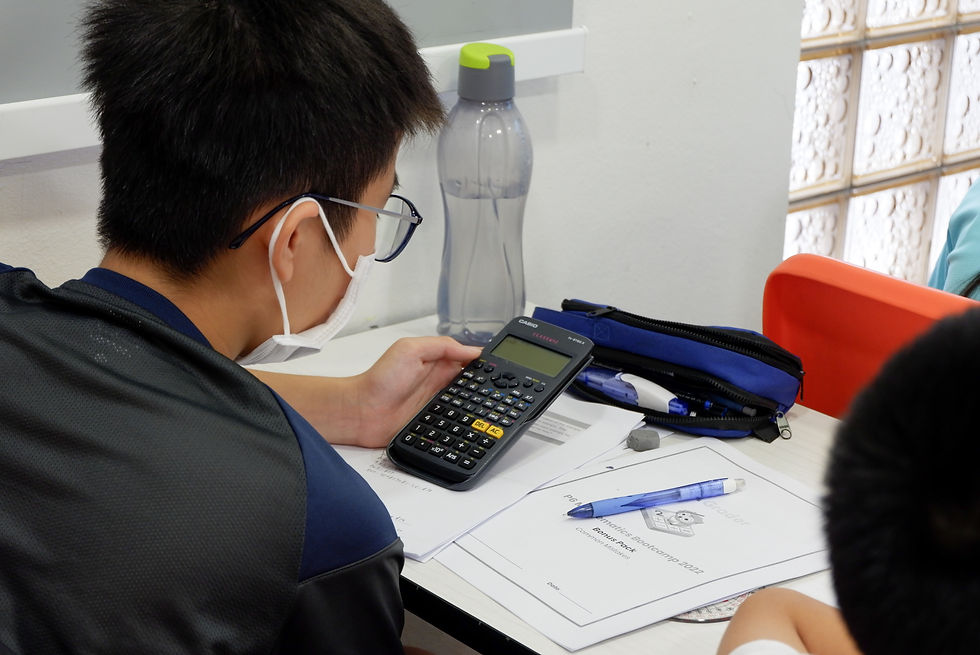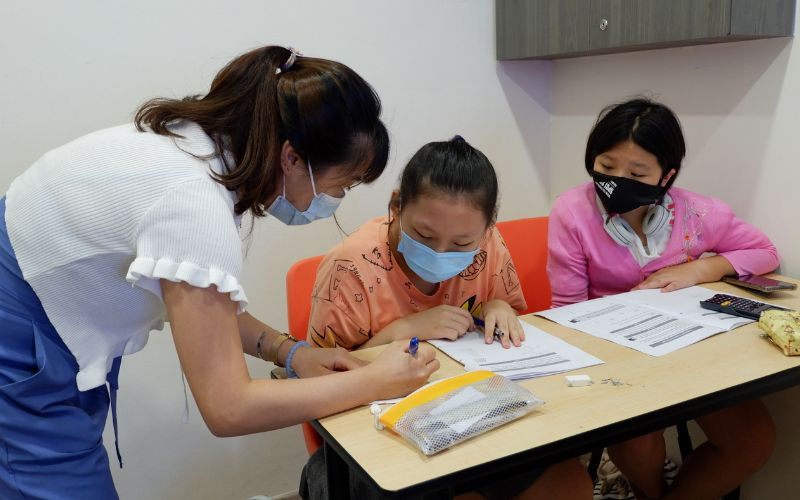Understanding the Primary Math ‘Part Thereof’ Concept
- AGrader Learning Centre
- Jul 22
- 5 min read

Has your child ever expressed frustration with confusing Maths homework, involving bicycle rentals or delivery fees? You’re not alone. Many Primary school students—and their parents—find themselves scratching their heads over questions that seem more like tricky riddles than straightforward sums.
One particularly confusing concept is the “part thereof” charge—where you’re made to pay for the whole unit, even if you’ve only used part of it. It’s a small phrase with a big impact on how certain word problems are solved, and without a clear understanding of it, children can easily lose marks or misunderstand real-life applications.
This article will break down the part thereof meaning, show you how to spot it in various Maths scenarios, and teach you how to handle part thereof calculation like a pro. Whether it’s bicycle rentals, postage charges, or parking fees, you’ll gain the clarity needed to support your child with confidence.
Table of Contents:
What Does ‘Part Thereof’ Mean in Maths?
Let’s begin with the basics. The part thereof definition is simple, but it has important implications in word problems.
Part thereof means that even if only a part of a unit (like time or weight) is used, the entire unit charge still applies. This means no pro-rating or “only paying for what you used.” It’s a full charge, regardless of partial use.
Here’s the official part thereof meaning in a mathematical context:
You pay for the full unit even if you only use a fraction of it.
This is common in real-world services—think parking lots, phone billing, postage rates, or bicycle rentals.

Example 1: Bicycle Rental – Time-Based Charges
The table below shows the rental charges for bicycles.
First hour | $10 |
For every additional ½ hour or part thereof | $4 |
Jia En rented a bicycle for 1 h 45 min. How much did she pay?
Solution:
Tip: Even if the additional timing is less than ½ hour, the full amount of the additional timing will still be charged.
1 h 45 min = 1 h + 30 min + 15 min
First hour → $10
Amount paid for next 45 min → $4 + $4 = $8
Total paid → $10 + $8 = $18
Jia En paid $18.
Why This Confuses Students
Children often assume that if they didn’t use the full time unit (like a full ½ hour), they shouldn’t be charged for it. That logic makes sense in daily life, but in Maths problems, when “part thereof” is stated, partial use = full charge. Missing this can lead to incorrect calculations and lost marks.
Example 2: Parcel Postage – Mass-Based Charges
The table below shows the postage charges for sending parcels.
Mass Step Not Over | Postage Charges |
50 g | $1.80 |
200 g | $6.50 |
500 g | $15 |
Per additional step of 100 g or part thereof | $4.20 |
(a) What is the postage charge for sending a parcel with a mass of 473 g?
(b) What is the postage charge for sending a parcel with a mass of 805 g?
Solution:
Tip: Mass step not over / up to 500 g costs $15.
It costs $15 to send any parcel with a mass above 200 g up to 500 g.
The postage charge for sending a parcel with a mass of 473 g is $15.
805 g = 500 g + 300 g + 5 g
Postage charge for the first 500 g = $15
Postage charge for the next 305 g = $4.20 x 4
= $16.80
Tip: Even if the additional mass is less than 100 g, the full amount of the additional step will still be charged.
$15.00 + $16.80 = $31.80
The postage charge for sending a parcel with a mass of 805 g is $31.80.

Try this yourself!
The table below shows the delivery rates of sending letters to Thailand and Japan.
Mass step not over | Thailand | Japan |
20 g | $0.95 | $1.55 |
Per additional 10 g | $0.25 | $0.35 |
Cheryl sent a letter with a mass of 43 g to Thailand and a letter with a mass of 15 g to Japan. How much did she pay altogether?
Solution:
Japan: $1.55
Thailand
43 g = 20 g + 23 g
First 20 g → $0.95
Next 23 g → $0.25 × 3 = $0.75
$0.95 + $0.75 + $1.55 = $3.25
She paid $3.25 altogether.
Turning Confusion into Confidence
The part thereof concept doesn’t need to be a stumbling block. Once you and your child understand its meaning and how it applies to real-life Maths scenarios, these word problems become much more manageable.
Let’s recap:
Part thereof meaning: You pay for the full unit even if only part is used.
Part thereof calculation: Round up any partial use to the next full unit and multiply accordingly.
Key to solving: Break down the problem, highlight the keywords, and apply the correct charge structure.
With enough practice, your child will not only ace these questions but also become better equipped to make smart decisions in real life.
Support Your Child’s Maths Journey with Expert Guidance
At AGrader Learning Centre, we understand how concepts like part thereof can trip up even the most diligent students. That’s why the AGrader Primary Maths Programme is thoughtfully crafted to align with the latest MOE syllabus and prioritise practical understanding—not just rote memorisation.
Our high-quality, in-house worksheets feature step-by-step breakdowns of tricky question types, including real-world problems like bicycle rentals and postage calculations. These materials are designed to build confidence and mastery over time. Weekly lessons focus on problem-solving strategies, model drawing techniques, and exam-specific heuristics tailored for Primary 3 to Primary 6 learners.

To further support your child beyond the classroom, every enrolment comes with complimentary access to our EverLoop Improvement System—a powerful after-class revision platform. This system provides targeted revision worksheets, video solutions, and review practices to reinforce key concepts your child may have missed or struggled with during lessons.
Give your child a head start in mastering complex Maths concepts with AGrader’s comprehensive support system. Visit AGrader Learning Centre to explore our Primary Maths Programmes and the EverLoop Improvement System today.
Join Our AGrader Community Today! (Free for all AGrader & Non-AGrader students)
Join our Telegram and WhatsApp channels to gain access to more study tips, free downloads, and much more for all subjects.
- WhatsApp channel: https://bit.ly/agwachannel
- Telegram channel: https://bit.ly/agtelchannel
Feel free to explore more related topics in this section








Comments